When it comes to sweets in this part of the world, I find it’s pretty uneventful. As a general rule, expectations are low and for the life of me I am still not sure why? In turn, that results with a limited variety and often, sorry to say, questionable quality. I coined the phrase: “the chocolate chip cookie nation”. No offence, it is true. Everybody loves chocolate chip cookies or brownies for that matter. Given the choice of these two desserts and some other “unusual” cake, say European or middle eastern style, most people will go for a known variety. In other words, chocolate chip cookies will win the contest hands down. Even if they are known to be an industrial made, store bought product.
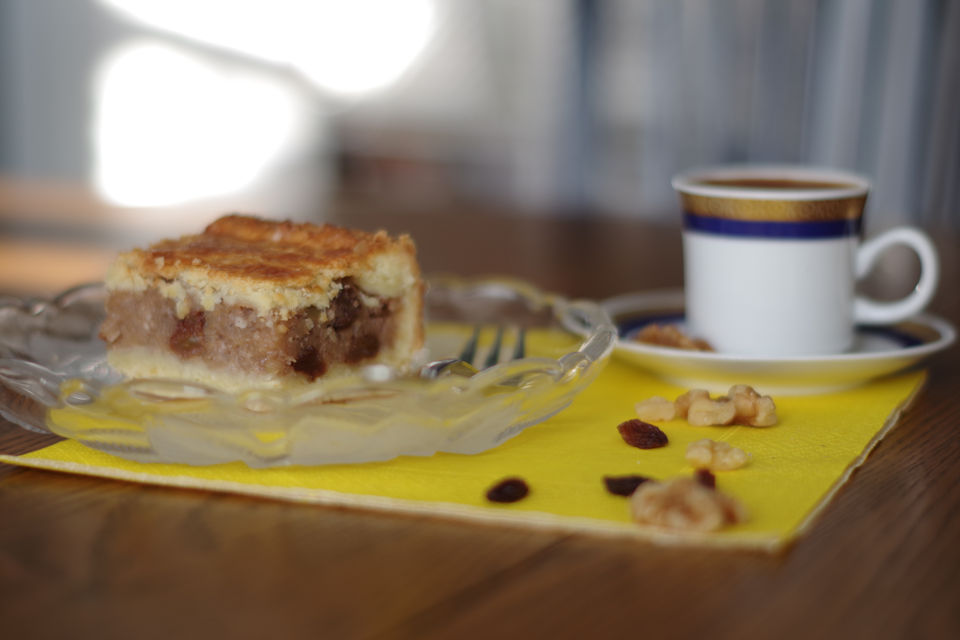
A little while ago I attended a week long art workshop. I love those, they fill me up with creative energy and inspiration that last for many months after. Since I like to cook and bake, I thought it might be a good opportunity to bring out some sweets. I made an effort to make two kinds: crescent cookies with a homemade plum jam and Rugelach cookies. Every morning I would bring out a plate full to share with the morning coffee. I understand that these were unusual, new cookies, unfamiliar to most of the people. However, these were very small cookies and I was intrigued with the fact they would take only a one cookie each and that was it?
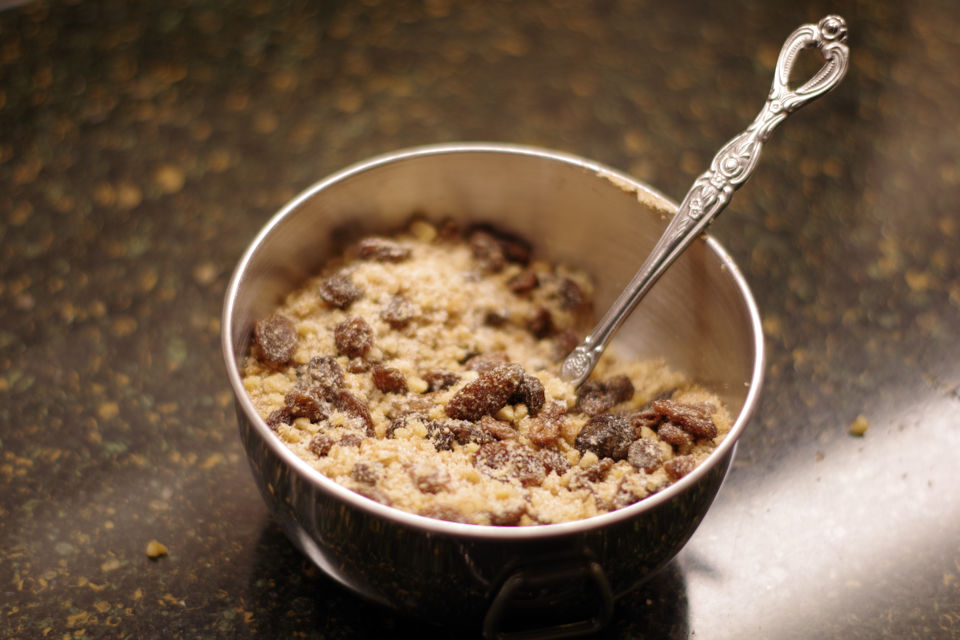
Interestingly enough, our host provided also a classic chocolate chip and peanut butter cookies and needless to say they were a big hit. No I was not offended, I just found it interesting. I suppose the conclusion is: everybody goes for the flavors they are most accustomed to. The same way my companions grew up with chocolate chip cookies, peanut butter, Oreo cookies etc., I grew up with a large variety of raised dough cakes, pies, tortes, baklavas, and rolads. C’est la vie -to each their own.
In line with my curious nature, today will be digging in further in the world of pies, discovering a Hungarian style apple pie. I know what you think, apple pie is apple pie. What can be so special about this one? Yes, rightfully so, this apple pie has a familiar, common list of ingredients : apples, sugar, flour, eggs, butter, milk, vanilla extract, rum, raisins. However, the secret is in the making. How everything is put together makes the world of difference. That is where the art is.

What does constitute a successful painting or piece of music? Colors, canvas, music notes? But then what makes us fall in love with them? Yes, it is the way they were put together. Magic.
My take on Apple Squares – Almás Pites: Hungarian apple pie comes with a beautiful soft texture and rich apple aroma. It has an interesting look with filling being fully encased in an elegant flaky pastry. That is a quite common feature for a typical Canadian style round apple pie but very unusual for a European style pie. The enclosed pastry gives the pie a more solid, compact structure. After a day, the pastry absorbs some of the filling moisture which enhances its flavor and texture, giving it smoothness and a mouthful of joy .
The recipe is from my favorite pastry book, ” Kaffeehaus – Exquisite Desserts from the Classic Cafes of Vienna, Budapest and Prague“. It is a twist on a common theme but it turned out wonderful. It is so good that it takes a discipline to keep away from it. With little effort, you will end up with a treat that you and your family will admire. And if you make it together with your better part, as I did, then even better. It will end up being a fun joint project and source of family pride.
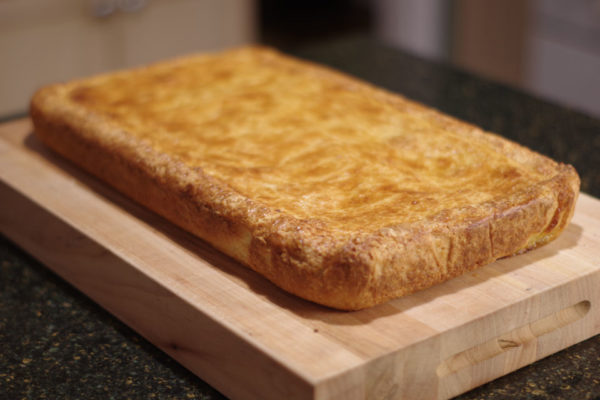
| Prep Time | 1 hour |
| Cook Time | 45 minutes |
| Passive Time | 1 hour |
| Servings |
pieces
|
- 1.25 kg apples 6 medium size Golden Delicious
- 2 tbsp lemon juice
- 53 g granulated sugar 1/4 cup
- 58 g raisins 1/3 cup
- 10 g walnuts 1/3 cup, finely chopped
- 2 tbsp dried bread crumbs
- 1/4 tsp ground cinnamon
- 255 g all purpose flour 2 cups
- 106 g granulated sugar 1/2 cup
- 1 pinch sea salt
- 198 g unsalted butter 1 3/4 sticks, chilled, cut into 1/2" cubes
- 62 ml sour cream 1/4 cup
- 3 egg yolks
- 1/2 tsp pure vanilla extract
- 1 egg large, beaten
Ingredients
Filling
Dough
Glazing
|

|
- Peel the apples and grate on the large holes of a box grater. In a medium bowl, toss the apples with lemon juice.
- Press plastic wrap directly on the surface of the apples.
- Refrigerate for 1 hour.
- Squeeze excess juices from the apples, one handful at a time.
- In a large bowl, mix together the apples with sugar, raisins, bread crumbs, and cinnamon.
- In a large bowl, mix together flour, sugar, and salt.
- Using pastry blender, cut in the butter until the mixture resembles a coarse meal.
- In a small bowl, combine together sour cream, egg yolks, and vanilla extract. Add to the dry ingredients and mix with fork until the mixture starts to clump together. Finish off with your hands by quickly forming solid dough. Don't overwork it! Just need to obtain roughly shaped, compact dough.
- Divide the dough into two sections, 1/3 and 2/3. From each section, form a flat, thick square, wrap in plastic wrap and refrigerate for 1 hour.
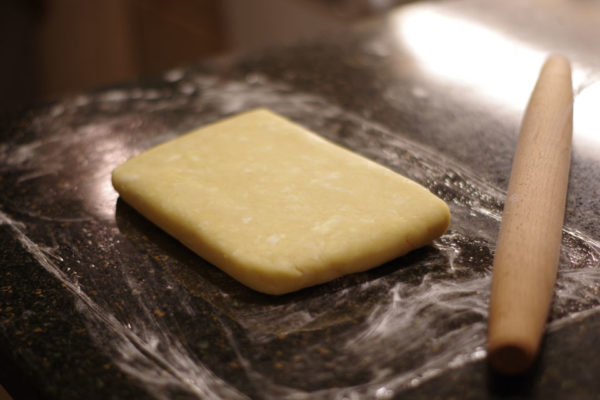
- Position a rack in the center of the oven and preheat to 176°C (350°F).
- Lightly butter or line with parchment paper, a 20 cm (8") square baking pan.
- Cut a 30 cm (12") square of plastic wrap and place on a clean working surface. The plastic wrap will stick flat to the surface. Dust it with flour and roll out the larger piece of dough to a 24 cm (9 1/2") square, 6 mm (1/4") thick shape.
- Fit the dough into the baking pan, pressing against the sides of the pan, making sure that the plastic wrap stays on the outside of the dough. The plastic wrap will insure the integrity of the dough during the transfer to the pan. It will also allow for proper fitting of the pan while preventing sticking to your fingers and accidental tear of the dough. Carefully peel off the plastic wrap.

- Brush the dough with a beaten egg including bottom and the sides. Fill with the apple mixture and level it off so that it's smooth.
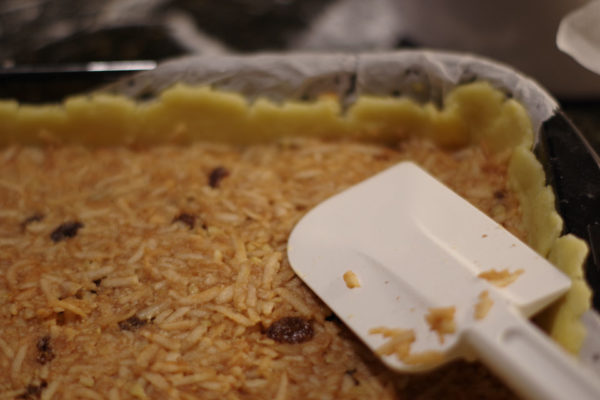
- Roll out the second smaller piece of dough in a similar fashion, on top of the plastic wrap. The rolled out dough shape should be a square approximately 20 cm (8"), 6 mm (1/4") thick.
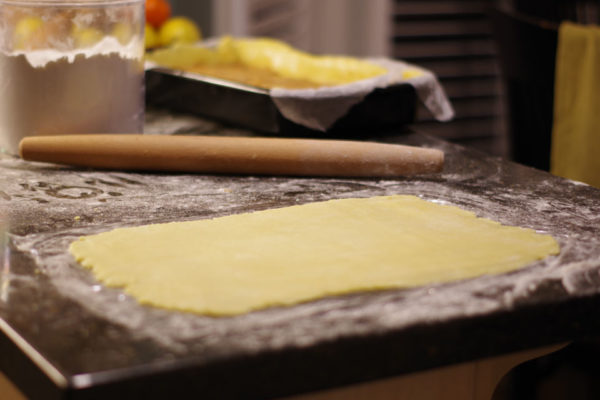
- Place the second dough piece over the apples and peel off the plastic film. Press the edges of two the layers of the pastry together to make a seal. I overlapped the edges and used a fork laid flat to create a seal pattern. Trim away any excess pastry to make a tight pastry box, enclosing the apples. Pierce the top crust in a few places with the fork.
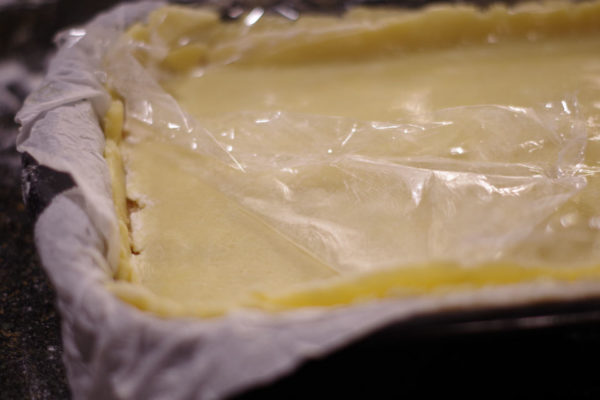
- Brush the top pastry lightly with the beaten egg.

- Bake until the crust is golden brown, 40-45 minutes. Cool completely in the pan on a wire rack.
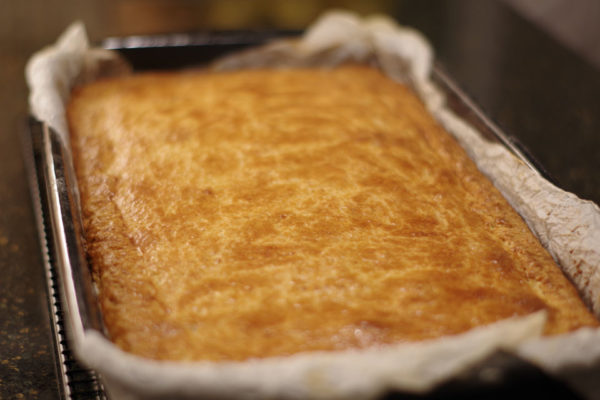
- Hold a baking sheet over the pan and invert the pastry onto the sheet. Re-invert, right side up, onto a cutting board. Cut the pastry and serve.

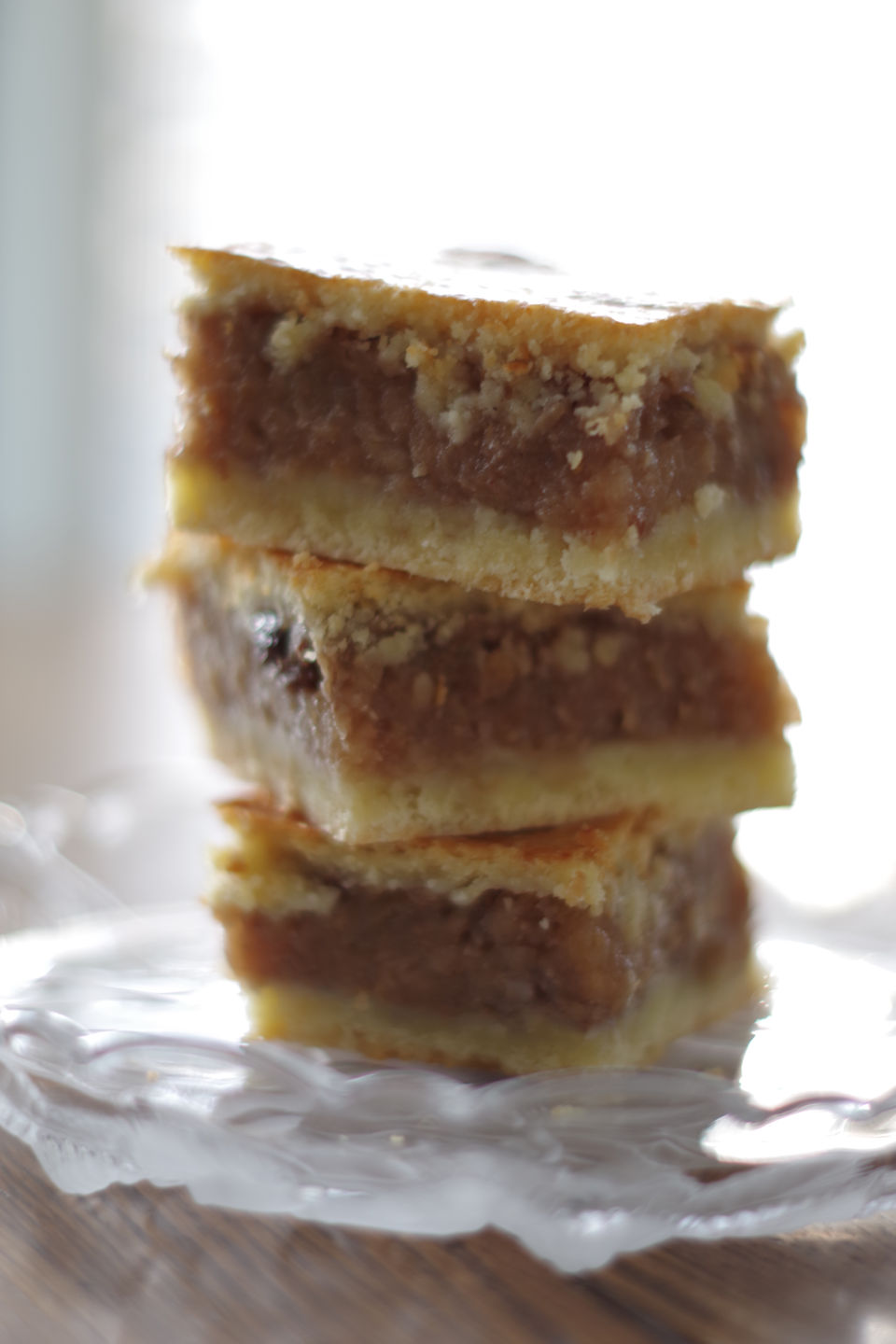
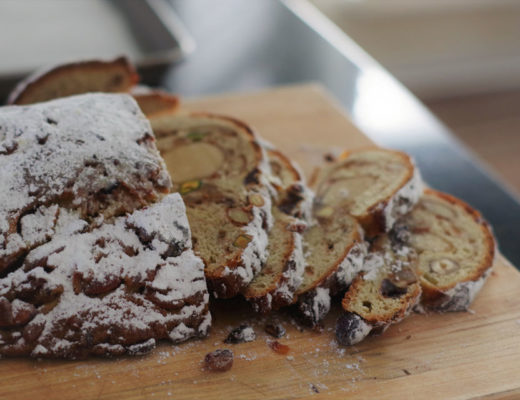
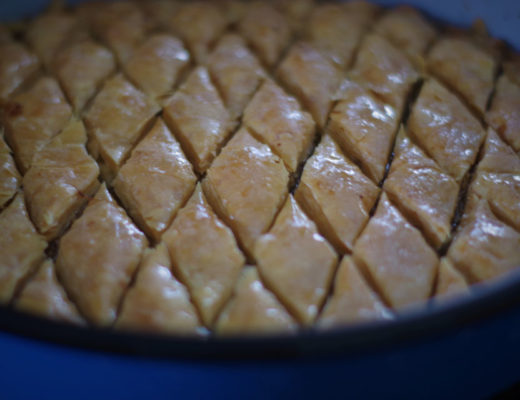
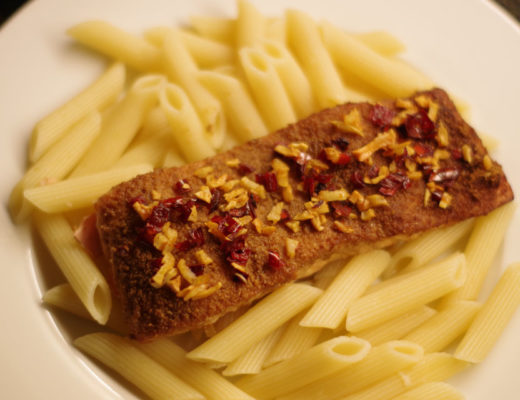
No Comments